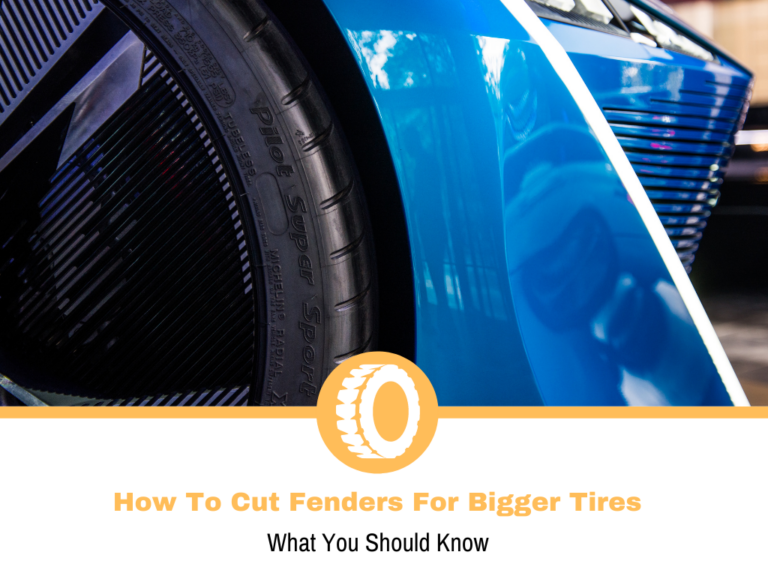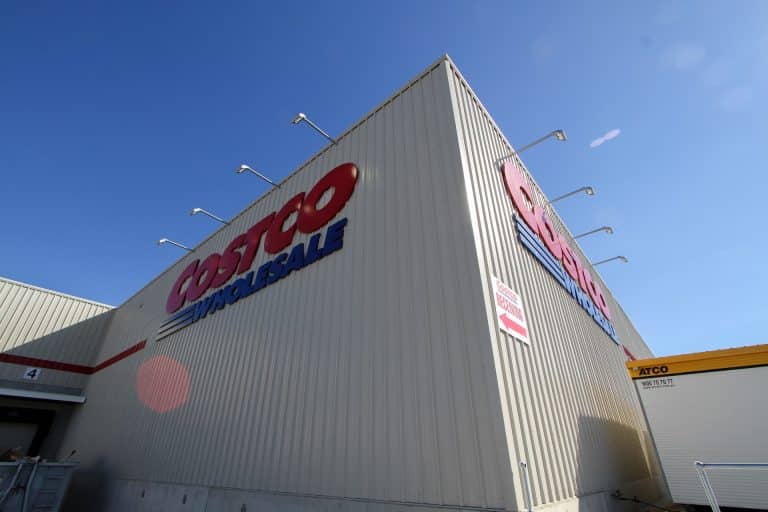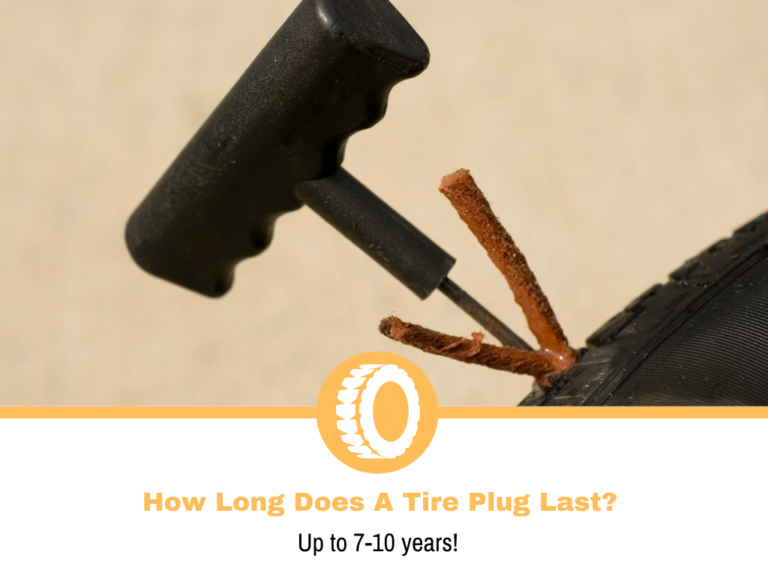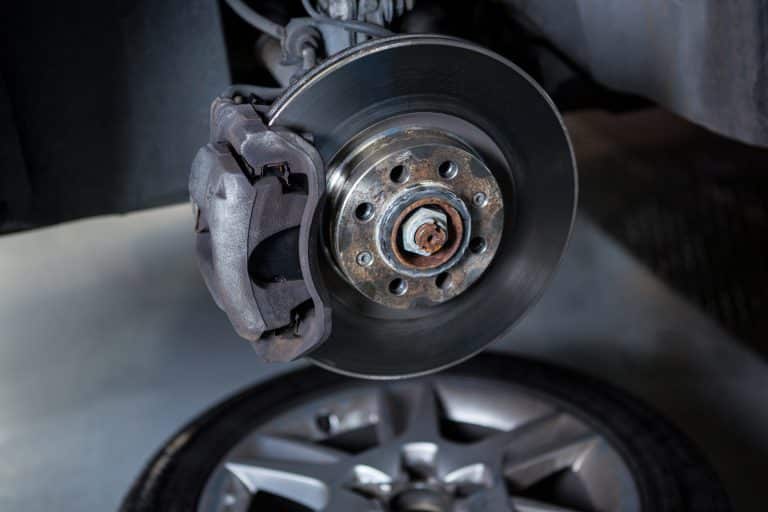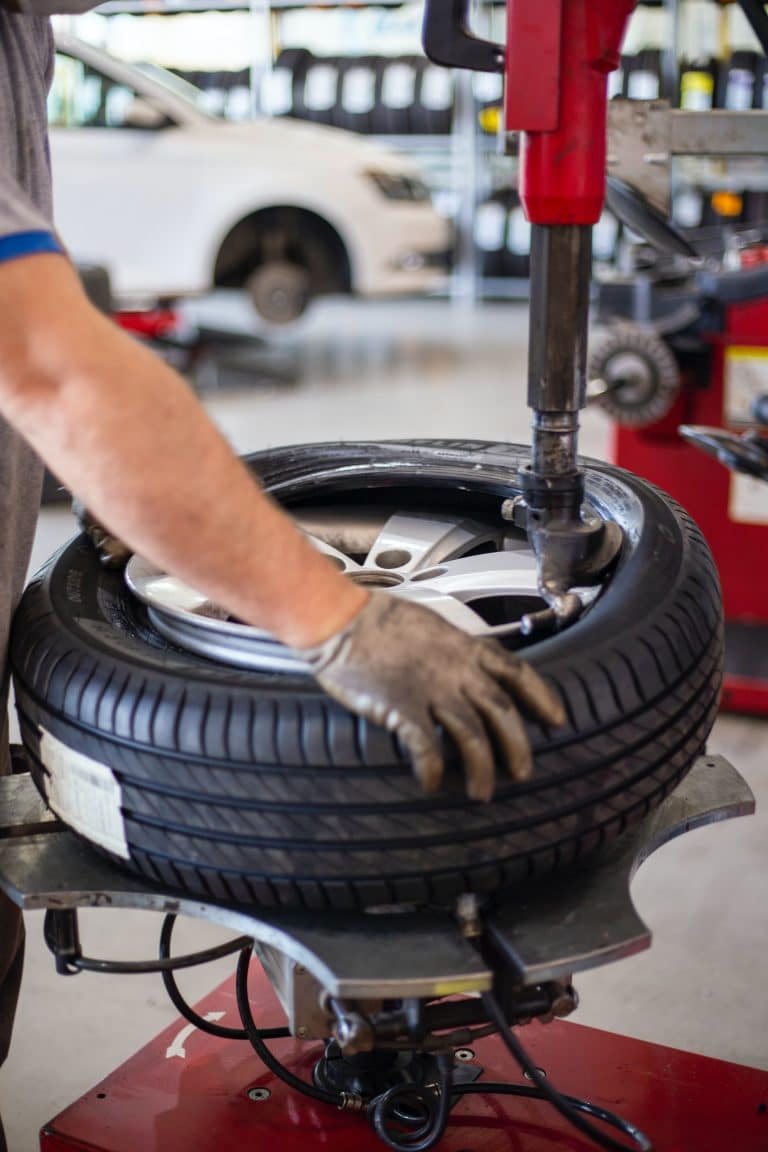What Happens If I Fill My Tires with Helium?
Whether you are driving through the twists and turns in the Appalachian Mountains or driving through a big city, the weight of your vehicle is important. Thus, many of us try to find ways to lower the weight of our vehicles. So, with helium being lighter than air, is this a good and/or safe way of lowering our vehicle’s weight?
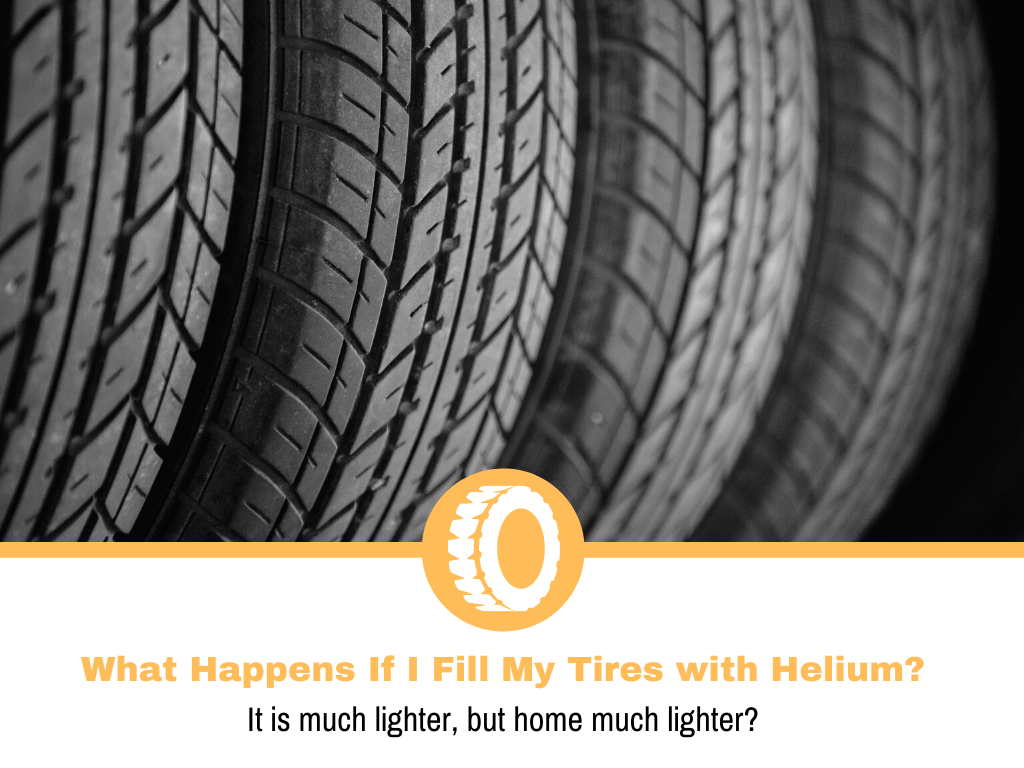
No, helium is not a viable gas to fill a tire with. Though helium is lighter than air, it is not light enough to make a substantial difference. In addition to not being light enough, helium molecules are also much smaller than the molecules found in the air. The helium molecule simply passes through the rubber, which means you will lose your tire pressure, leaving you with nothing but flats.
What are all the issues with using Helium to fill tires with?
An atomic number of 2 and an atomic weight of 4.003u makes helium the second lightest of all the elements. Air, on the other hand, has an atomic weight of 28.965u, seven times heavier than helium. Helium is also the second smallest element, which is where we start running into issues when talking tires.
Because of the tiny size of the helium atom, it simply passes through the tire. This isn’t instant but it is a constant leak. There is no way to prevent this in a normal tire. Additionally, the air itself is not that heavy so the overall weight difference to the vehicle is not very much at all.
Helium is a finite element; it cannot be created, and it is not found in the atmosphere. Because of its weight, it just floats up and pretty much off the face of the earth. The largest helium producer in the world is ExxonMobil. They harvest the helium in Wyoming from helium-rich CO2 and methane gas fields. For all these reasons helium is finite, which makes it expensive. Far too expensive to use as gas for filling tires.
Are there any benefits to using helium?
One issue that air can cause is corrosion. A lot of compressed air contains small amounts of water vapor. Although not very much, the water vapor is enough to condense into water particles and start causing corrosion inside the tire, on the wheel itself.
Pure helium is not corrosive, so it does have one strength over the air. However, its drawbacks are far too negative and outweigh the good of preventing corrosion. If you want to prevent corrosion, you can however use nitrogen in your tires. Not only does this prevent corrosion, but it also has some other benefits.
What is helium used for?
The most common uses for helium can be broken down into 5 sections:
- Lifting – Surprisingly, or maybe not so surprisingly, the main use for helium is lift. Yes, more helium goes into party balloons and the like than in any other one field.
- Purging – the second-largest field where helium is used is in NASA and the US armed forces. They primarily use the helium as a means to purge rocket fuel tanks and lines which contain pure liquid hydrogen and liquid oxygen.
- Welding – Helium is often a good substitute for argon with regards to gas tungsten arc welding. This kind of welding is mostly used when welding stainless steel, titanium, and aluminum.
- Superconductivity – Due to helium’s extremely low boiling point, it is a critical component of the MRI machine. It acts as a refrigerant, anything else would just freeze.
- Basic research – For the same reason, helium is often used as a coolant in research experiments at extremely low temperatures, as low as a few millikelvins from absolute zero.
Are there more options other than air?
Other than air, nitrogen is really the only alternatives for filling your tires. It is important to remember that tires are designed to have air put in them. Air is made up of approximately 78 percent nitrogen and 21 percent oxygen the rest is CO2 and other gases. So, making the change to nitrogen really isn’t too big a jump.
What are the benefits of using nitrogen?
As we mentioned above, helium escapes the tire through the air itself. This is true for air and nitrogen as well, however, the amount of air that escapes is far less than the helium. On average, you lose about 1-3PSI per month when using air, however, nitrogen escapes far slower than air.
Maintaining proper air pressure in your tires is extremely important. It allows the vehicle to be operated as it was designed. Tire pressure affects everything from gas mileage, to tire life, to safety. Because pure nitrogen does not escape as quickly as air, it maintains the tire’s correct pressure better than air does.
Nitrogen is also less thermo-reactive, which means you will have less tire pressure fluctuation with changing climates and road conditions. For this reason, nitrogen is the chosen gas for airliners and race cars.
Furthermore, nitrogen does not react negatively with the rubber of your tire. Air does have this reaction which is called a thermo-oxidative reaction. This reaction slowly degrades your tire over time. Most of the time your tire tread should wear to the point of replacement before the thermo-oxidative reaction constitutes a tire change.
However, if you do not drive your vehicle very much, say in the case of a show car, this might become an issue that can be avoided by using nitrogen.
Conclusion
At the end of the day, helium is not a viable gas to fill your tires with. Though it is lighter than air, your tire will not hold the gas. The helium will simply leak through the rubber of your tire. If you want a substitute for air in your tires, then you should use nitrogen. We cover mixing nitrogen and air in tires in one of our other article.
